Words: Phil Alexander/James McNair
No band sounded the death knell of hippy-dom as gloriously as Black Sabbath. If the prevalent mood of the mid-’60s was one of peace, love and optimism no one told the four-piece of frontman Ozzy Osbourne, guitarist Tony Iommi, bassist Geezer Butler and drummer Bill Ward. “I tried beads and a kaftan but they looked shit on me,” remarked Osbourne several decades after the band’s inception in Aston, Birmingham, in 1968. Growing from blues roots, Black Sabbath forged a sound around Iommi’s blackened riffs, Osbourne’s post-Lennon wail, and the tightly-locked interplay of Ward and Butler, the bassist penning lyrics that drew on reality as much as on his initial interest in spirituality and the band’s developing fright-night aesthetic. “We rehearsed across the road from a movie theatre which used to show horror films,” recalled Ozzy. “Tony said, ‘Isn’t it weird – people pay money to see horror films and get scared. Why don’t we make scary music?’”
This decision – and their use of a Boris Karloff 1930s movie title as their moniker – would help forge Sabbath’s fearsome reputation, while their sound would define the metal genre. Resolutely anti-pop, reviled by the critics, and prone to endless bouts of self-destruction, the original line-up lasted until late 1978 when Ozzy was unceremoniously fired and replaced by Ronnie James Dio. Iommi kept the Sabs flag flying with various line-ups, until a 2011 reformation of the original quartet (at least, ‘original’ until Ward opted out) and the 2013 release of a gnarly comeback album, 13, put a cap on one of the most influential catalogues in heavy music. The original lineup reunited one last time for a final, farewell performance at Birmingham's Villa Park earlier this year, a matter of weeks before Ozzy sadly passed away aged 76. In tribute to Ozzy and his bandmates, MOJO runs down evert studio album from the godfathers of heavy metal...
19.
Born Again
Vertigo, 1983
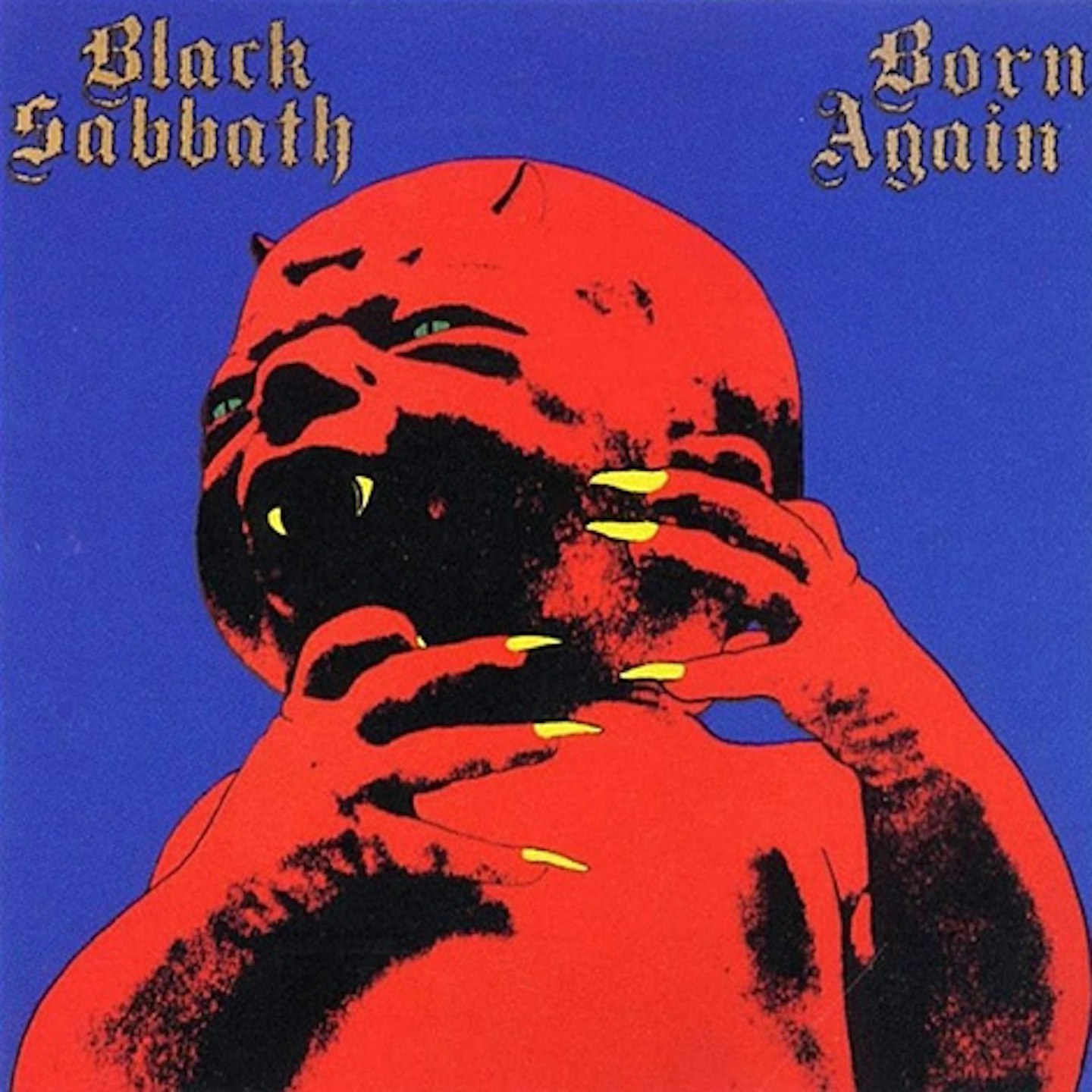
The way Deep Purple’s Ian Gillan tells it, his brief tenure with Sabbath was a lost weekend; something fun but ill-advised. Tellingly, he committed to the job during a night of heavy drinking, so perhaps it was no surprise that the resulting ‘Deep Sabbath’ summit sucked, with Gillan unable to take Iommi and co.’s dark side seriously. Cue some awful puns (Disturbing The Priest), some back-of-a-fag-packet lyrics (Digital Bitch), and a sense of disparate worlds colliding. That the attendant tour’s ‘Stonehenge’-style stage-props reportedly inspired the memorable scene in This Is Spinal Tap says it all, but Born Again still reached Number 4 in the UK.
18.
Tyr
IRS, 1990
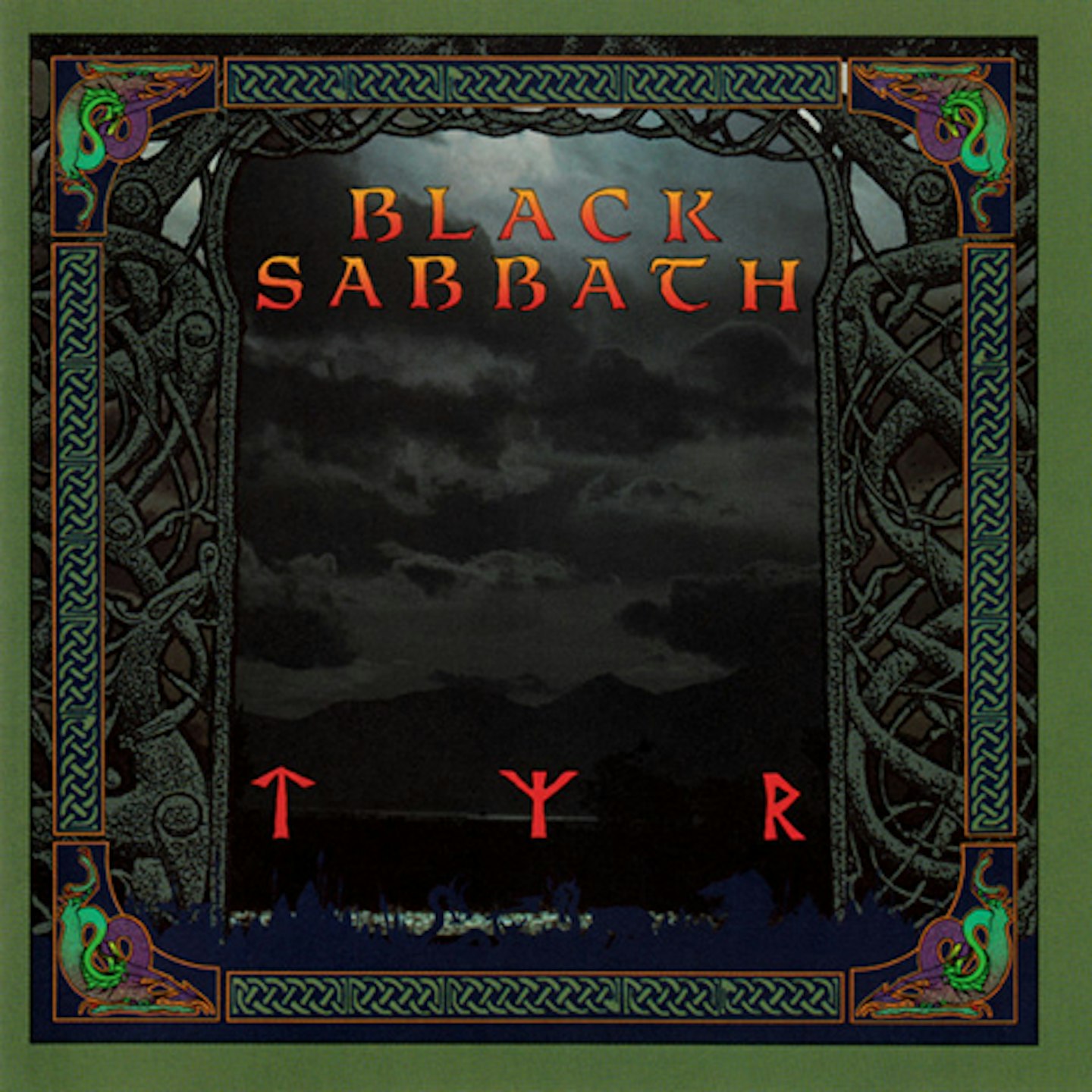
Tyr was named for the Norse god of combat and heroic glory. Sabbath’s status was waning and this was war. With Whitesnake’s Neil Murray joining on bass and Iommi and Cozy Powell producing as they had on 1989’s Headless Cross, what transpired was a workaday metal record – and Sabbath’s least Sabbath-like album to date. Geoff Nicholl’s keyboards were surprisingly prominent, power-ballad Feels Good To Me seemed mindful of Whitesnake’s recent US radio successes, and Powell’s drums, mixed rather too loudly, sounded like Thor moonlighting as a panel beater. When Tyr sold poorly, Iommi knew it was time to reinstate the Sabbath big guns.
17.
Forbidden
IRS, 1995
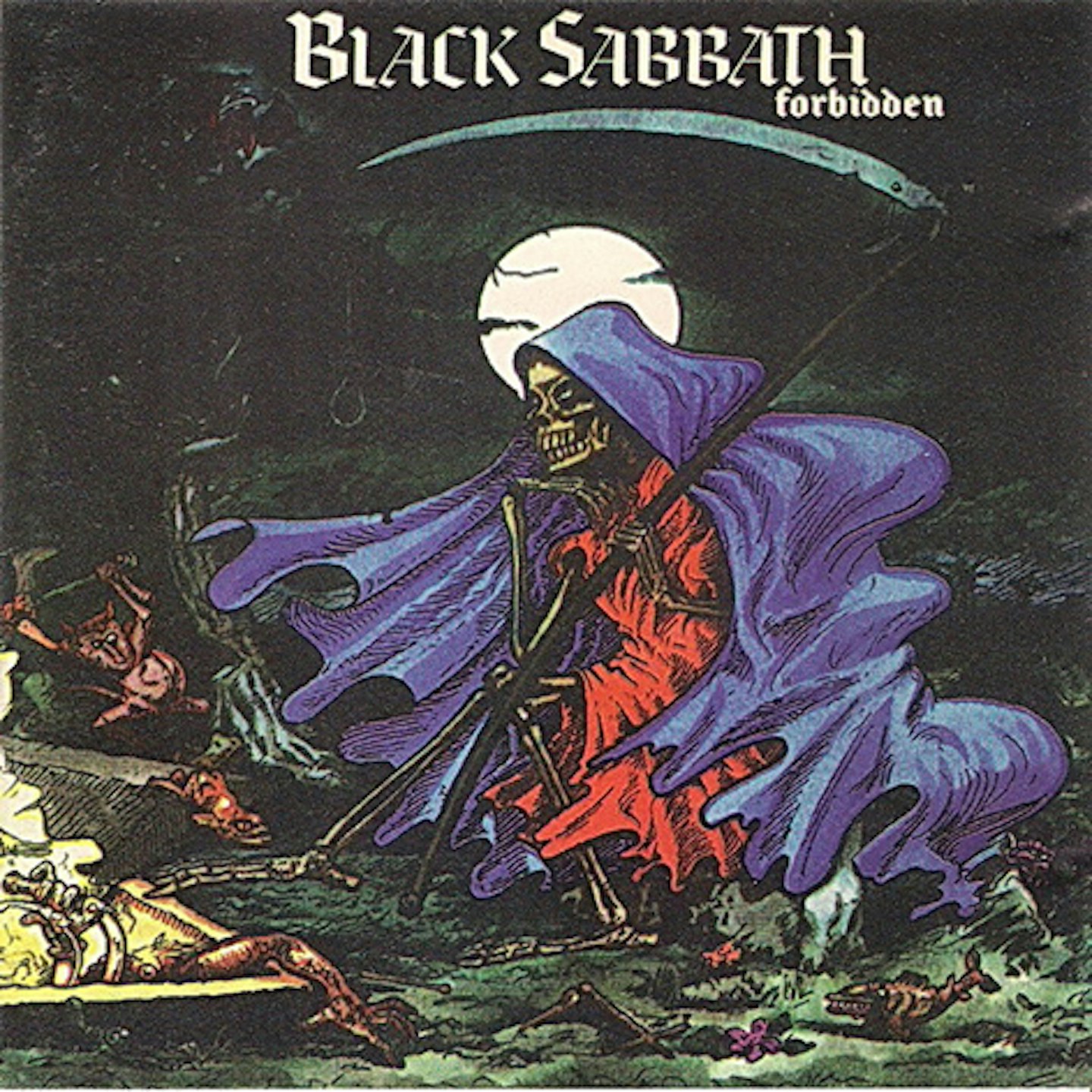
Forbidden traditionally had a bad rap – and not just because Ice-T appeared on it and his fellow Body Count member Ernie C produced. The returning Tyr line-up of Iommi, Tony Martin, Neil Murray and Cozy Powell sounds capable but uninspired on an album hastily written and recorded to fulfil contractual obligations. Tony Iommi later called it “a total shambles” and clamorous album closer Kiss Of Death seemed prophetic, but Sabbath were actually lancing a boil. The only way was up, and soon the band’s classic original line-up would be back for 1998’s double live-set, Reunion.
16.
Never Say Die!
Vertigo, 1978

Ozzy Osbourne was vocal about the band’s lack of direction in the wake of 1976’s Technical Ecstasy and left the band, to be briefly replaced by Dave Walker (ex-Savoy Brown/ Fleetwood Mac), who appeared with the band on BBC Midlands TV’s Hear Say. Ozzy then returned to the fold just as the band entered Toronto’s Interchange Studios. Refusing to sing the songs the others had been working on, Osbourne insisted they write new material but, in the freezing Canadian winter and out of their minds, Sabbath struggled. “I’d go down the studio and I heard what sounded like a jazz band playing. Is this really Black Sabbath? I’d just fuck off,” recalls Ozzy. With time running out they recorded what they could and released this patchy 13-track LP, its title track a clear misnomer. “We felt lost and worthless,” Butler noted years later. Their least successful album, it was released in September 1978. Ozzy was fired eight months later.
15.
Technical Ecstasy
Vertigo, 1976
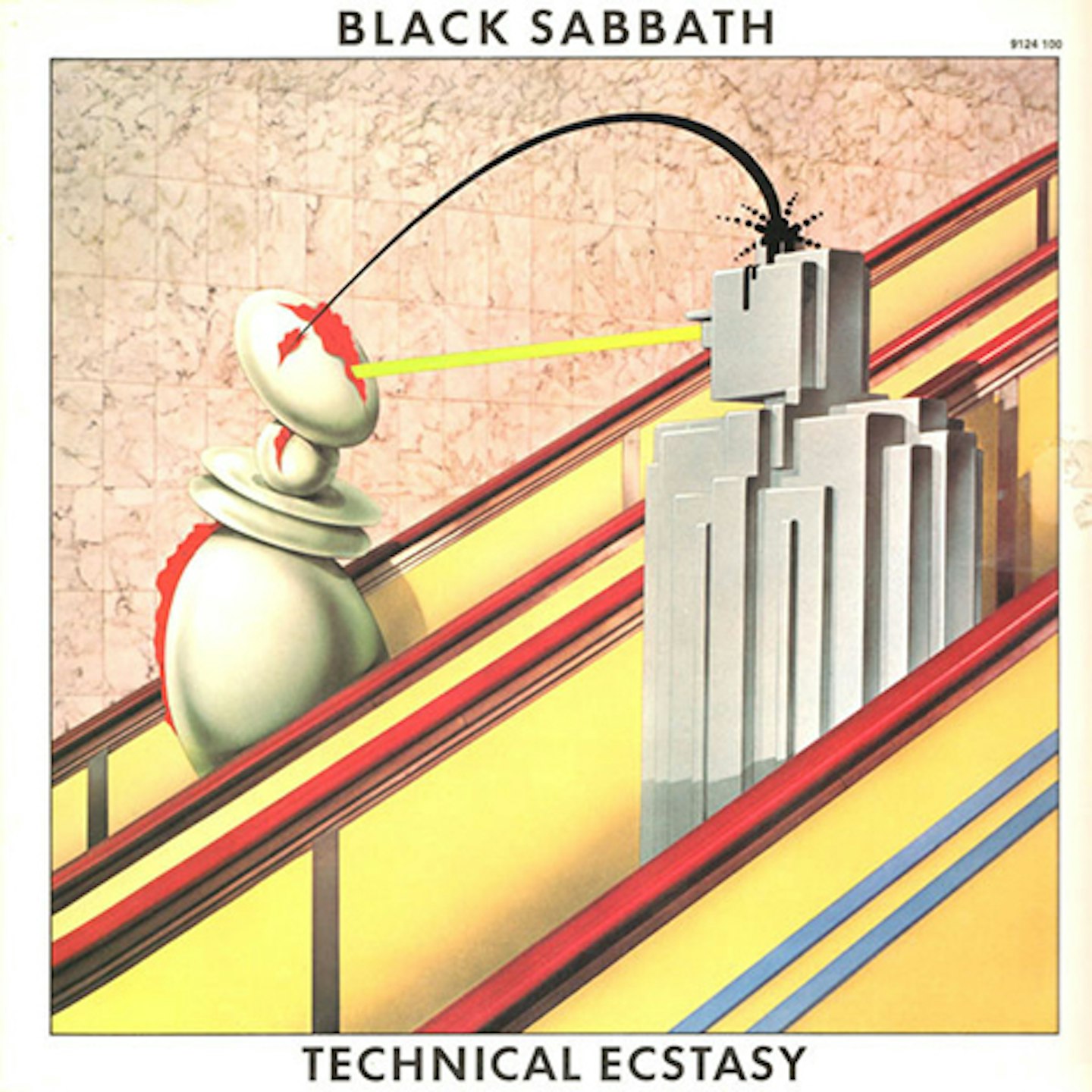
Beset by ongoing business problems – “We hired lawyers to deal with our managers and they ripped us off even more!” spits Butler – and increasing musical uncertainty, Sabbath headed to Criteria Studios in Miami in summer ’76 to record. Meanwhile, in the UK, punk was beginning to explode. “We were 26 years old and everyone seemed to decide we were past it!” recalls Geezer. “To be honest, the whole thing got to us.” Informed by this sense of confusion, Technical Ecstasy is the sound of Sabbath trying to make a grown-up, radio-friendly rock record and, in some parts, it works – notably on It’s Alright (sung by Bill Ward). Mostly, however, it doesn’t with tracks like Back Street Kids, Rock’n’Roll Doctor and Dirty Women resorting to clichéd, ill-fitting rock moves.
14.
Headless Cross
IRS, 1989
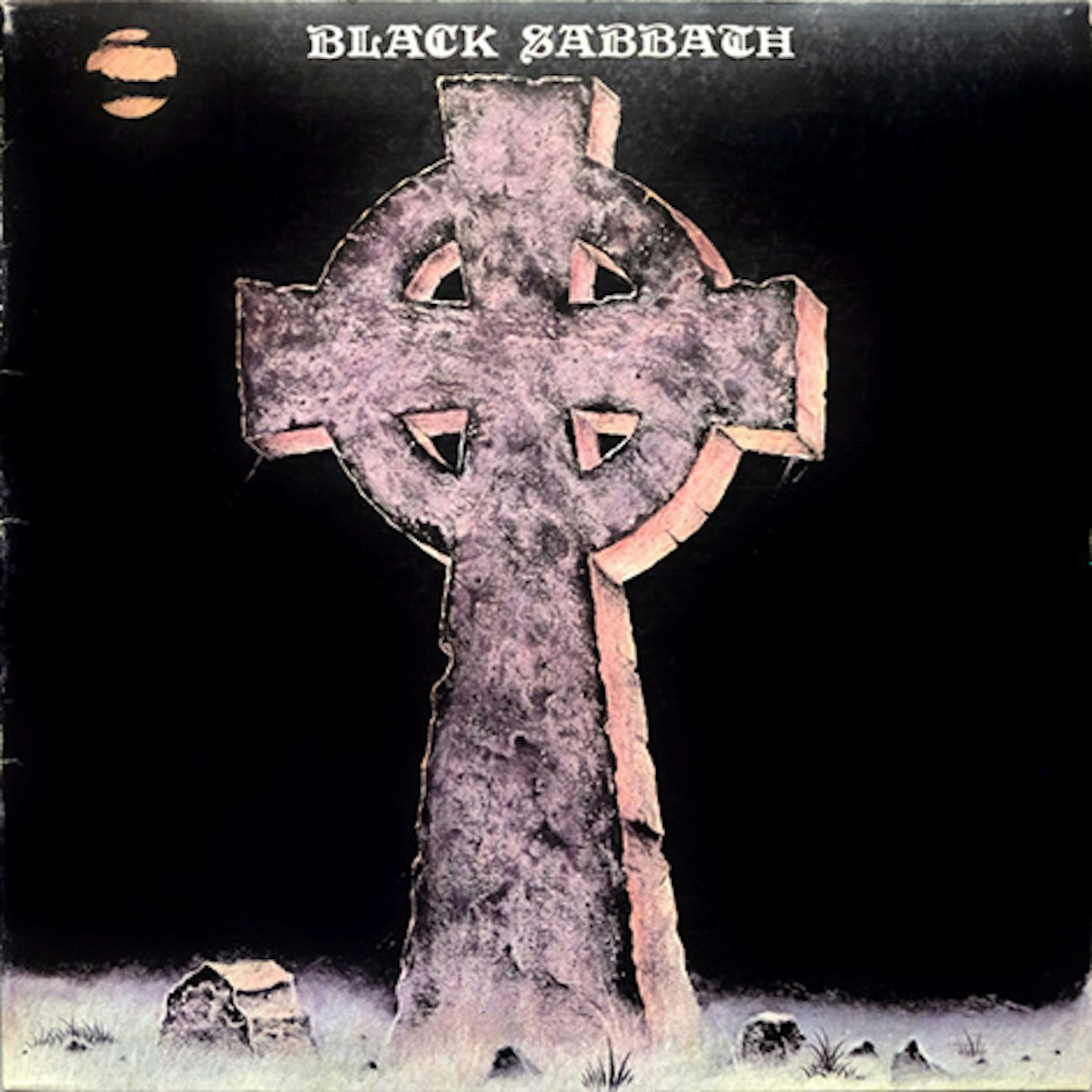
Dropped by Warners in the US and Vertigo in the UK, Sabbath signed to IRS at the invitation of label boss Miles Copeland. Tony Martin stayed for this record and its follow-up, bringing something like stability as rock legend Cozy Powell joined the group on drums (and co-producer). Perhaps understandably, Iommi seemed in a dark place, and he and Martin’s mostly decent songs tapped overtly occult themes with renewed enthusiasm. Adding to the album’s fresh feel, Queen’s Brian May played the first guitar solo on When Death Calls, while eerie soundscape opener The Gates Of Hell set the doomy tone. Sabbath’s best album without Osbourne or Dio? Possibly.
13.
Seventh Star
Vertigo, 1986
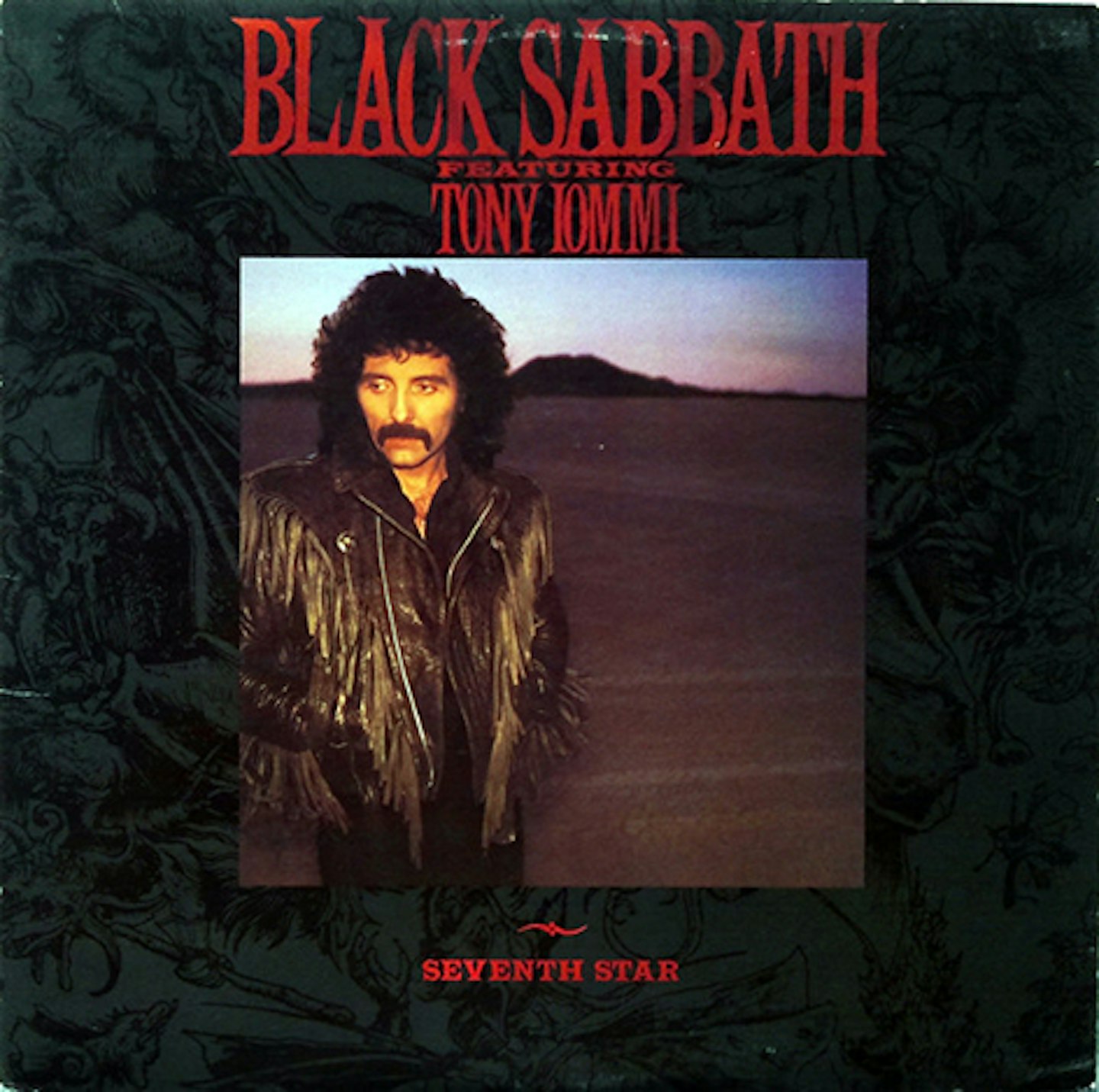
The product of yet another reshuffle – Geezer Butler had left, and former Trapeze/Deep Purple singer Glenn Hughes took a turn as frontman – Seventh Star was written and conceived as Tony Iommi’s solo debut. Pressure from Warner Bros and Sabs manager Don Arden forced its billing as ‘Black Sabbath featuring Tony Iommi’, the guitarist cutting a forlorn-looking figure on the album’s cover and employing an unlikely choice of drummer in Kiss’s Eric Singer. Hughes, like Gillan, was another brilliant singer mismatched, and his debilitating coke habit during Seventh Star’s recording didn’t help. Still, with a less-suspect production, No Stranger To Love could have been a huge smash.
12.
Cross Purposes
IRS, 1994
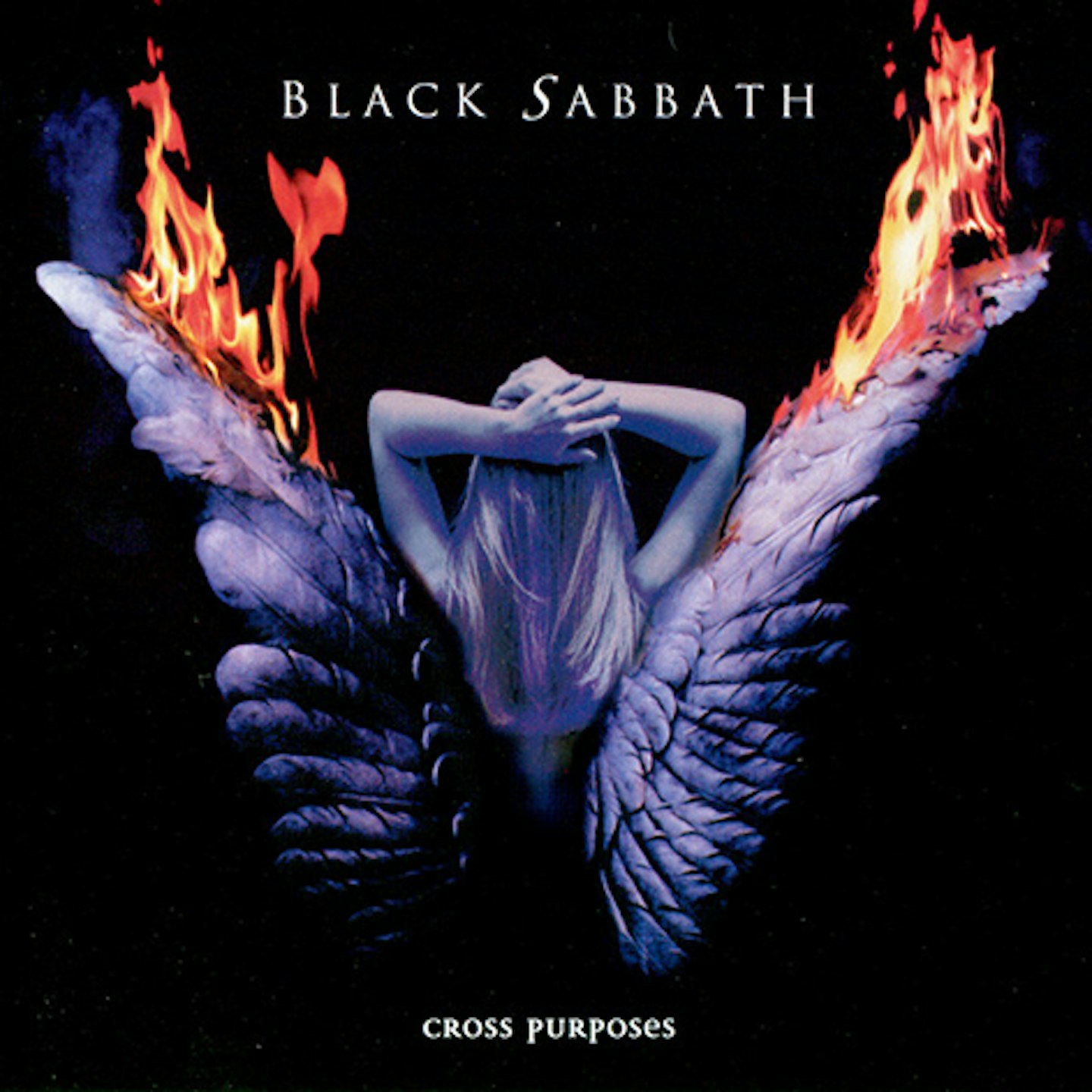
The group’s third stint at Rockfield Studios in Wales saw Tony Martin return and Bobby Rondinelli (Rainbow) play drums, while an uncredited Eddie Van Halen helped write Evil Eye. This time round, there was dark substance to Martin’s unsavoury lyrics, the singer focusing upon Waco Siege cult leader David Koresh (Pyschophobia), and child serial killer Beverley Allitt (The Hand That Rocks The Cradle). Musically, the LP traded in gung-ho but unremarkable metal, though Butler and Iommi’s interplay on I Witness was unmistakably seasoned. The problem? At the height of grunge, Cross Purposes sounded out of step.
11.
The Eternal Idol
Vertigo, 1987
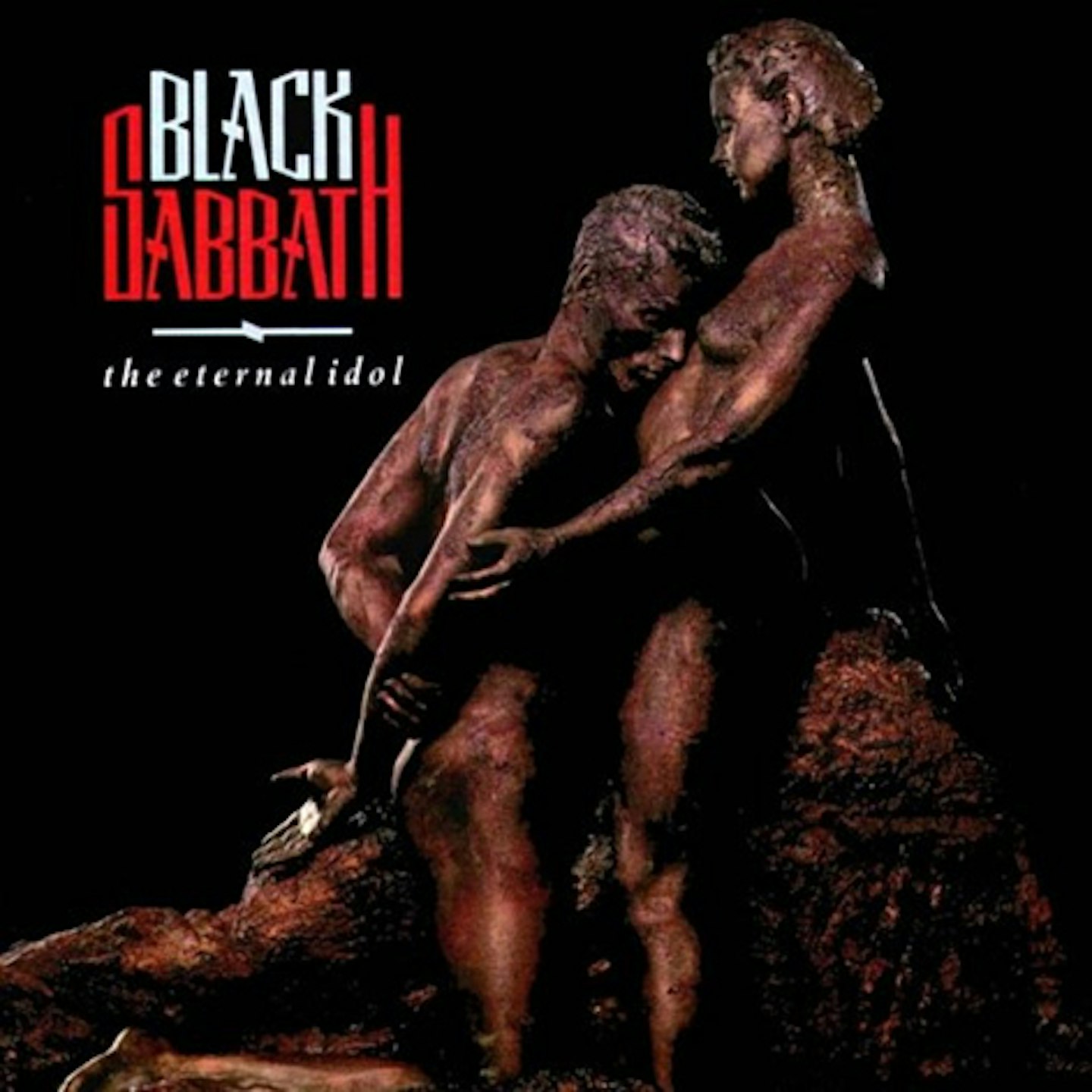
Though actually penned for the third film in the A Nightmare On Elm Street horror franchise, the song Nightmare aptly describes its parent album’s genesis. As Iommi battled to keep Sabbath alive, then unknown singer/fellow Brummie Tony Martin was drafted in to replace vocals originally sung by Ray Gillen, later of US metal band Badlands. Two models daubed with bronze pigment for the album’s Rodin sculpture-imitating cover art were hospitalised due to the paint’s toxicity, though the general public’s reaction to The Eternal Idol wasn’t quite so dramatic – muted respect rather than joy. Crucially, Sabbath sounded like Sabbath again, especially on the weighty, doom-laden title track.
10.
Mob Rules
Vertigo, 1981
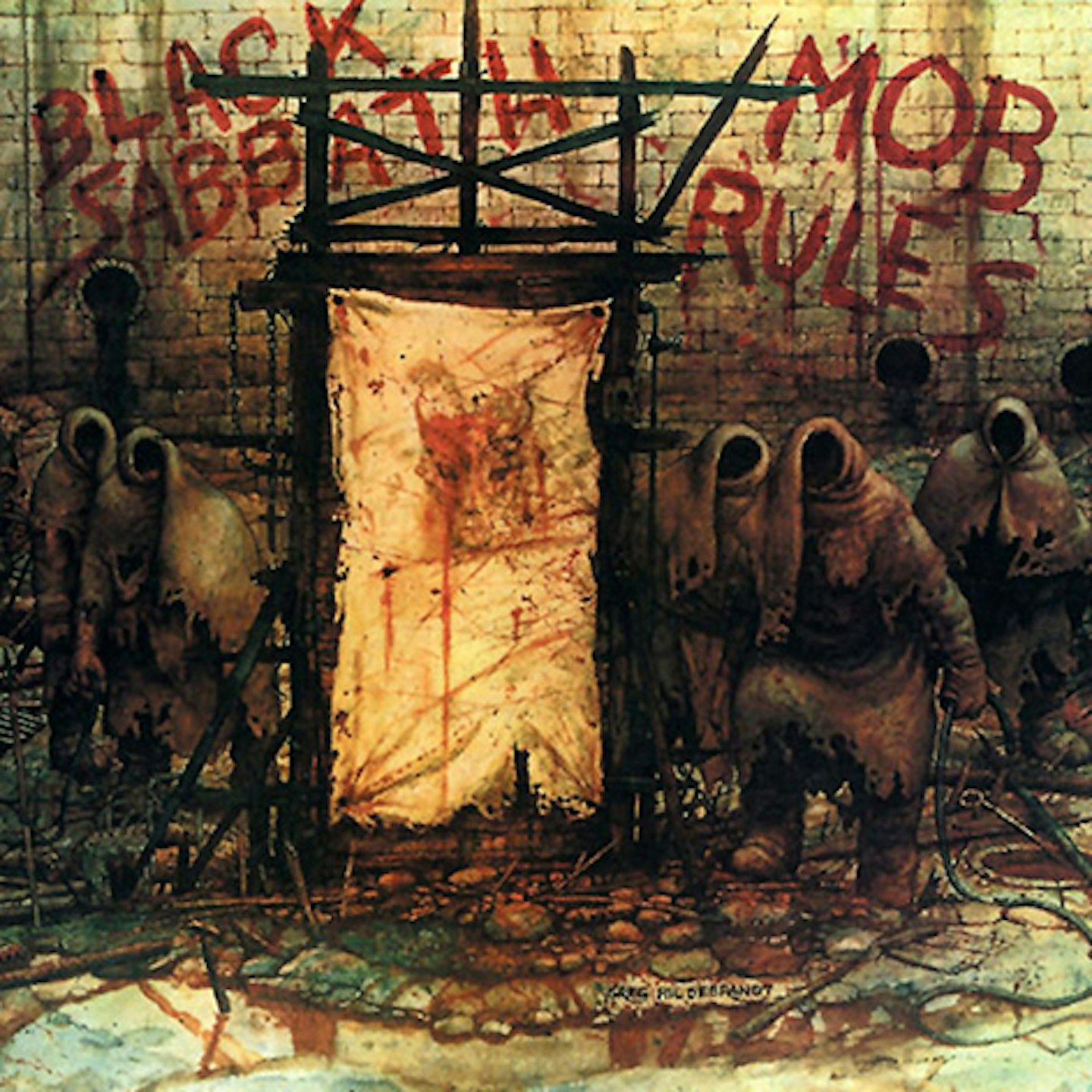
The second set recorded with Ronnie James Dio, this falls just short of its predecessor, Heaven And Hell. The first Sabs album not to feature Ward (replaced by Vinnie Appice), it is nevertheless a quality affair, tunes like The Sign Of The Southern Cross and Falling Off The Edge Of The World suggesting the Dio-led line-up still had much to offer. Ego clashes soon put paid to that when, during the mixing of the subsequent live album, Live Evil, in 1982, band members accused each other of sneaking into the studio after hours to turn up the levels on their own parts.
9.
Dehaumanizer
IRS/Reprise, 1982
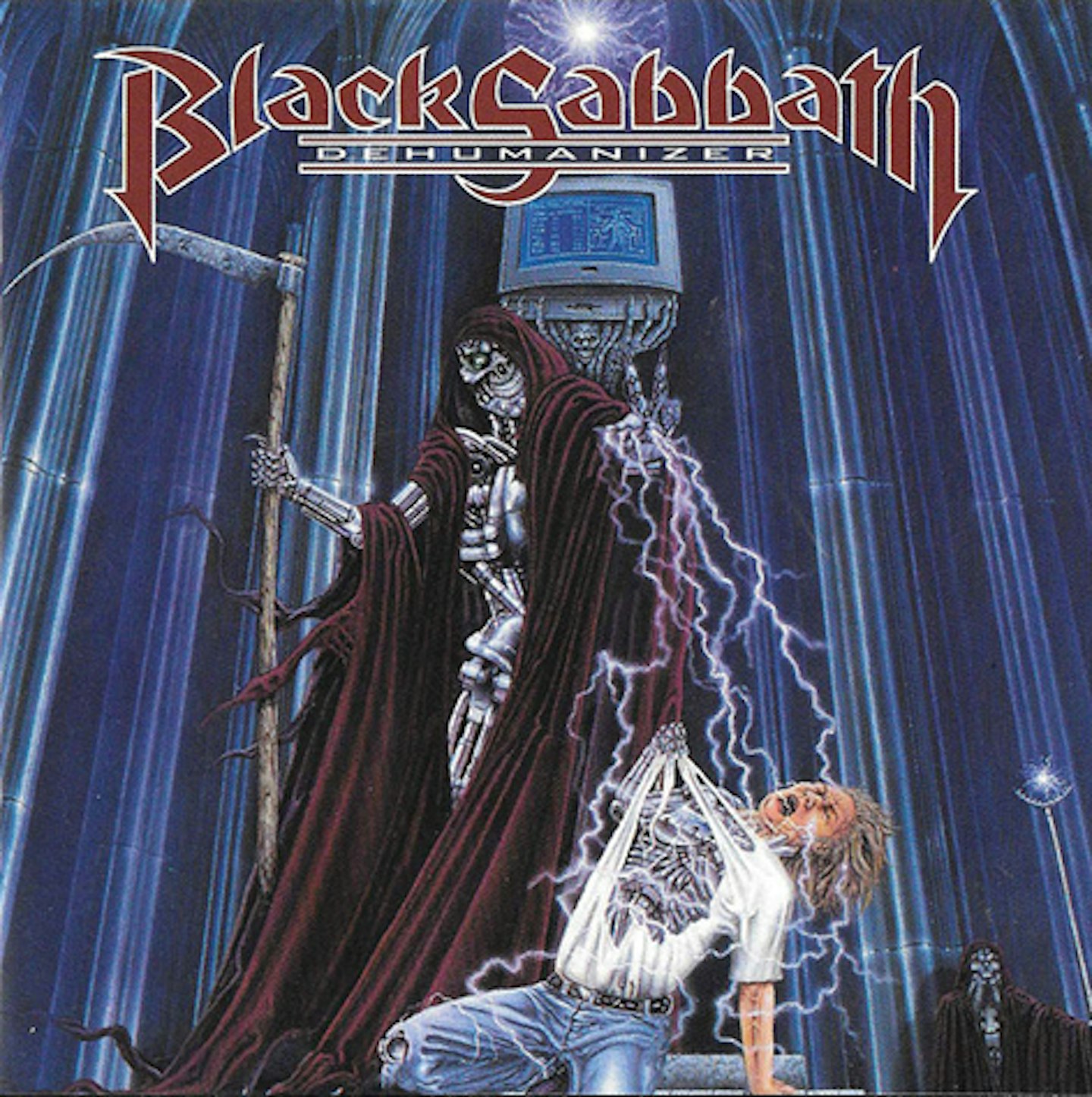
Geezer Butler was back, and with him came Ronnie James Dio, whose fifth studio album Lock Up The Wolves had just tanked. Factor in the production nous of Reinhold Mack (Queen, ELO), and Sabbath sounded like contenders again, with Dehumanizer’s inspired songs exploring themes including suspect TV evangelists (TV Crimes) and the afterlife (After All The Dead). The latter song’s classic Sabs riffage spoke of a band reborn, but when Ozzy invited Iommi, Butler, Bill Ward and Dio to support his solo band in Costa Mena, California that November, Dio baulked. “I’m not supporting a clown,” he sniffed. Then he quit Sabbath. Again.
8.
13
Vertigo, 2013
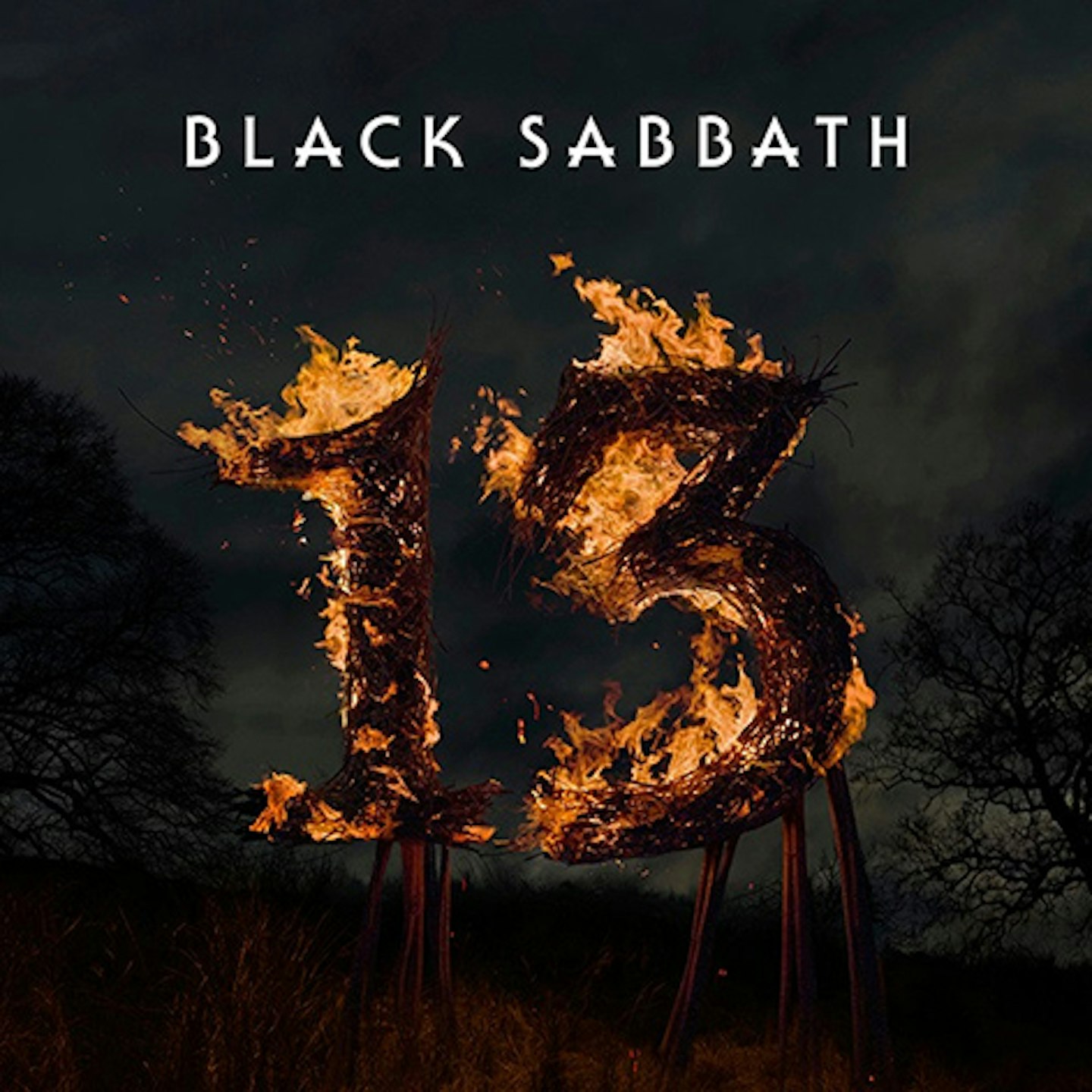
Sabbath’s first album in 18 years – and their first studio LP with Ozzy in 35 years – saw three quarters of the original line-up regroup under the watch of production magus Rick Rubin. Though Ozzy’s solo projects stalled progress and Rage Against The Machine’s Brad Wilk was no Bill Ward, the band’s demonic bottom-end was back at full heft on End Of The Beginning and Loner, while Zeitgeist’s devilish Ozzy cackle, hand percussion and brooding acoustic guitar evinced an experimentalism akin to 1970’s Planet Caravan. An apocalyptic sounding chart-topper on both sides of the Atlantic, 13 made sure Sabbath exited on a high.
7.
Black Sabbath
Vertigo, 1970
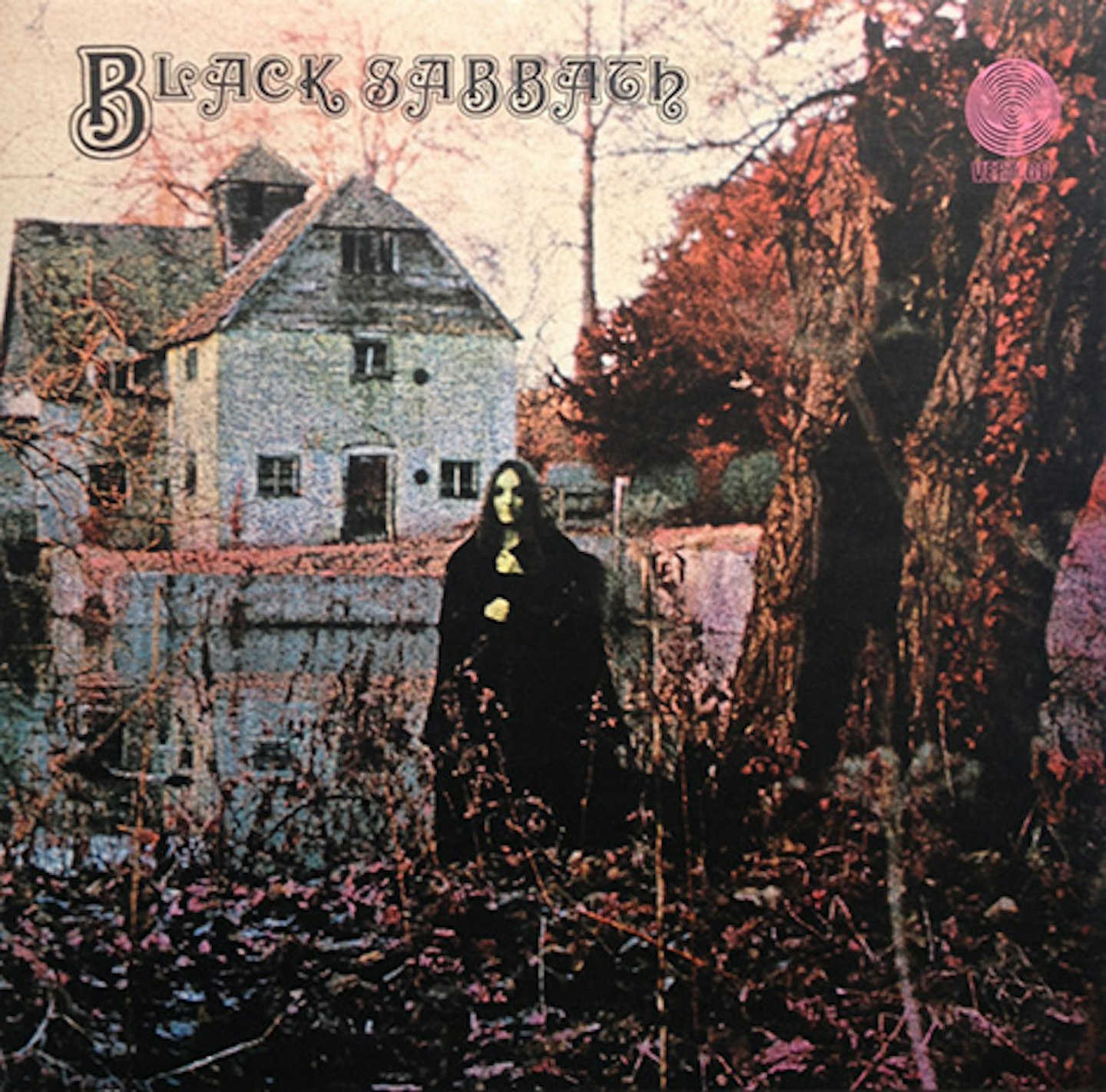
A snapshot of the band's live set at the time, this seven-song debut was recorded at Regent Sound Studio in London in one day. Taped on two 4-track machines, the sound is raw and unkempt. The self-titled opener begins with black sheets of rain, a tolling bell and Iommi's ominous use of the 'devil's' tri-tone. Meanwhile, Butler's lyrics - sung with convincing horror - are based on a supernatural visitation the bassist claimed to have witnessed. N.I.B. (aka Nativity In Black) is less spooky. "I wrote that one about Bill Ward's beard," explained Butler. "It was shaped like a pen nib."
6.
Sabotage
Vertigo, 1975
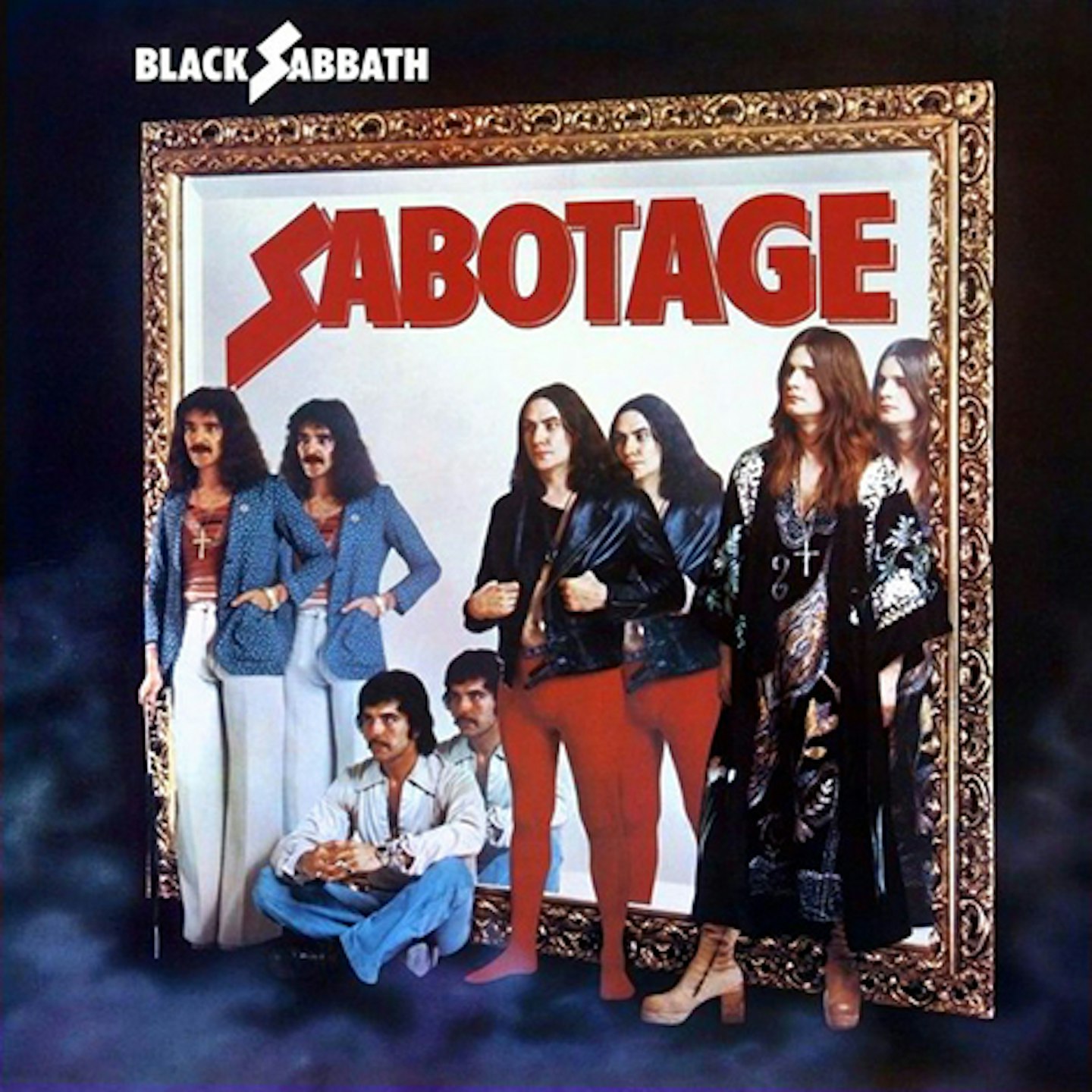
Arguably the last great album by the original line-up, 1975’s Sabotage saw them embroiled in managerial litigation. “We had nearly 10 months of legal cases where we couldn’t do anything,” explained Geezer Butler. Unsurprisingly, Ozzy penned a song about the situation (The Writ) and Sabbath vented their frustration in Am I Going Insane (Radio). The anthemic thrust of Hole In The Sky and Symptom Of The Universe proved Sabbath’s musical invective remained intact, while a moment of levity came via the album sleeve, thanks mostly to Bill Ward, who wore his wife’s tights over a pair of underpants borrowed from Ozzy.
5.
Sabbath Bloody Sabbath
Vertigo, 1973
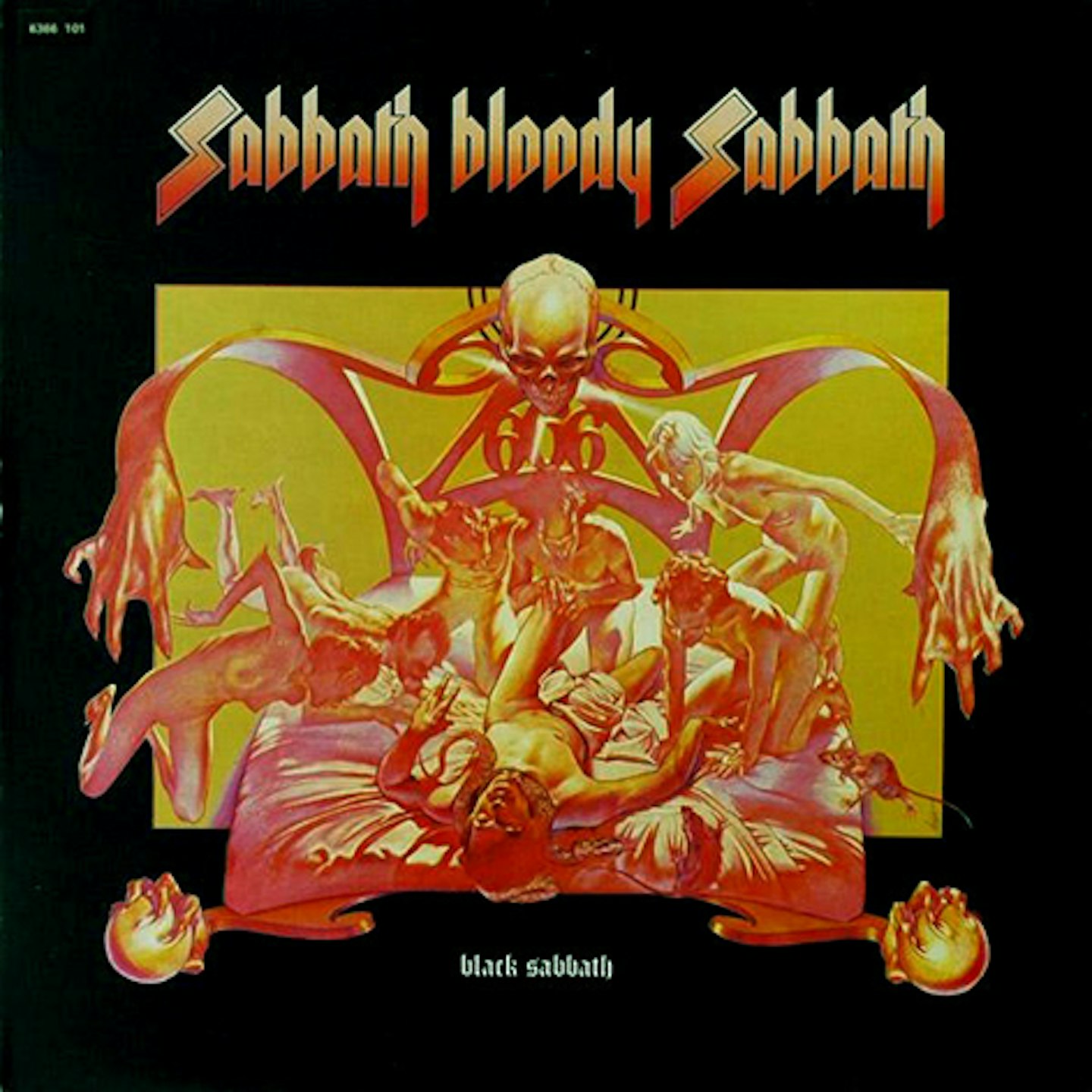
“I didn’t have a single idea about what to write,” said Tony Iommi of the writers’ block that dogged him on Sabbath’s fifth studio LP. Used to relying on the guitarist’s fresh riffs to kickstart the creative process, the band scrapped their initial LA sessions. “We thought, This is how bands split up,” admitted Butler. But a writing session in the armoury of Clearwell Castle, Gloucestershire, spawned the riff to the LP’s title track and created the momentum for one of their most adventurous LPs while Killing Yourself To Live stands as perhaps Ozzy’s most autobiographical track.
4.
Heaven And Hell
Vertigo, 1980
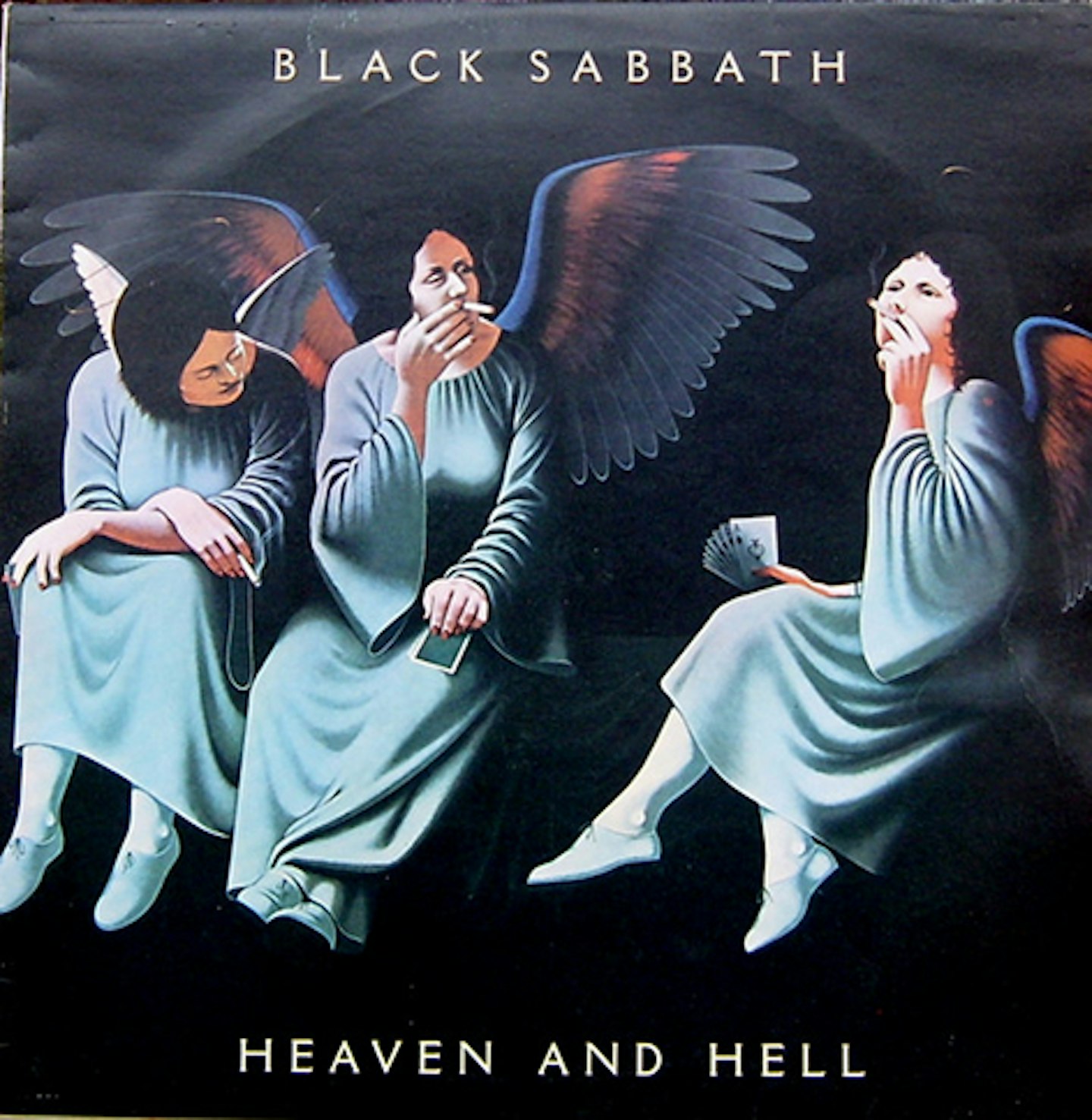
Fired after 1978's unfortunately titled Never Say Die! , Ozzy was replaced by ex-Rainbow/Elf singer Ronnie James Dio. With remaining Sabbath trio Iommi, Butler and Ward, he replaced the earth-shovelling sound with a classy, hard-rock approach enhanced by Martin Birch's production and typified by the fast-driving opener Neon Knights. Mini-epic Children Of The Sea along with Die Young and Lonely Is The Word echoed Dio's time in Rainbow, but despite uncertainties (Butler vacillated over his future, Ward succumbed to alcoholism), Heaven And Hell is the sound of a band reborn.
3.
Paranoid
Vertigo, 1970
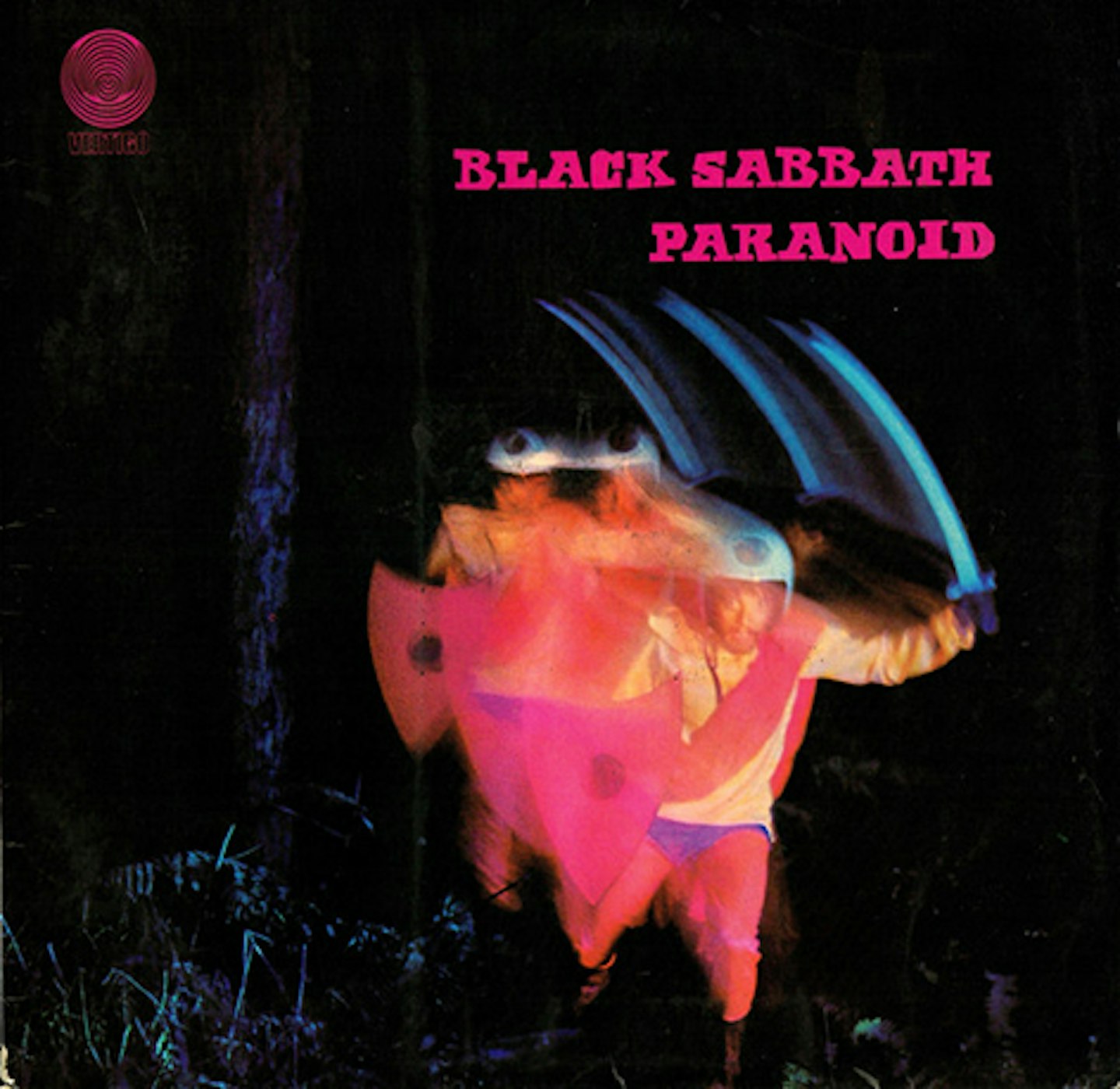
“What the fuck has a bloke dressed as a pig with a sword in his hand got to do with being paranoid?” remarked Ozzy. “They [the record company] decided to change the album title without changing the artwork.” The reason for this change was Paranoid, the final track written “in five minutes” at the end of the second album session. Added to material like the funereal War Pigs (the original album title), the Ted Hughes-inspired Iron Man and Fairies Wear Boots (about an altercation with some skinheads), Paranoid remains Sabbath’s only hit single, a UK Top 5 in summer ‘70.
2.
Master Of Reality
Vertigo, 1971

Sabbath’s third saw their sound expanded. “We were a really tight live band; now we knew what we were doing in the studio,” said Bill Ward. Sabbath’s growing scope is revealed in Iommi’s neo-classical interludes (Orchid, Embryo) and his unlikely flute burst on the melancholic ballad, Solitude. Add phlegm-coughing opener Sweet Leaf (inspired by Sweet Afton rolling tobacco rather than marijuana), nihilistic anti-war anthem Children Of The Grave and the intergalactic fatalism of Into The Void (original working title: Spanish Sid) and what you have is a stone-cold classic.
1.
Vol. 4
Vertigo, 1972
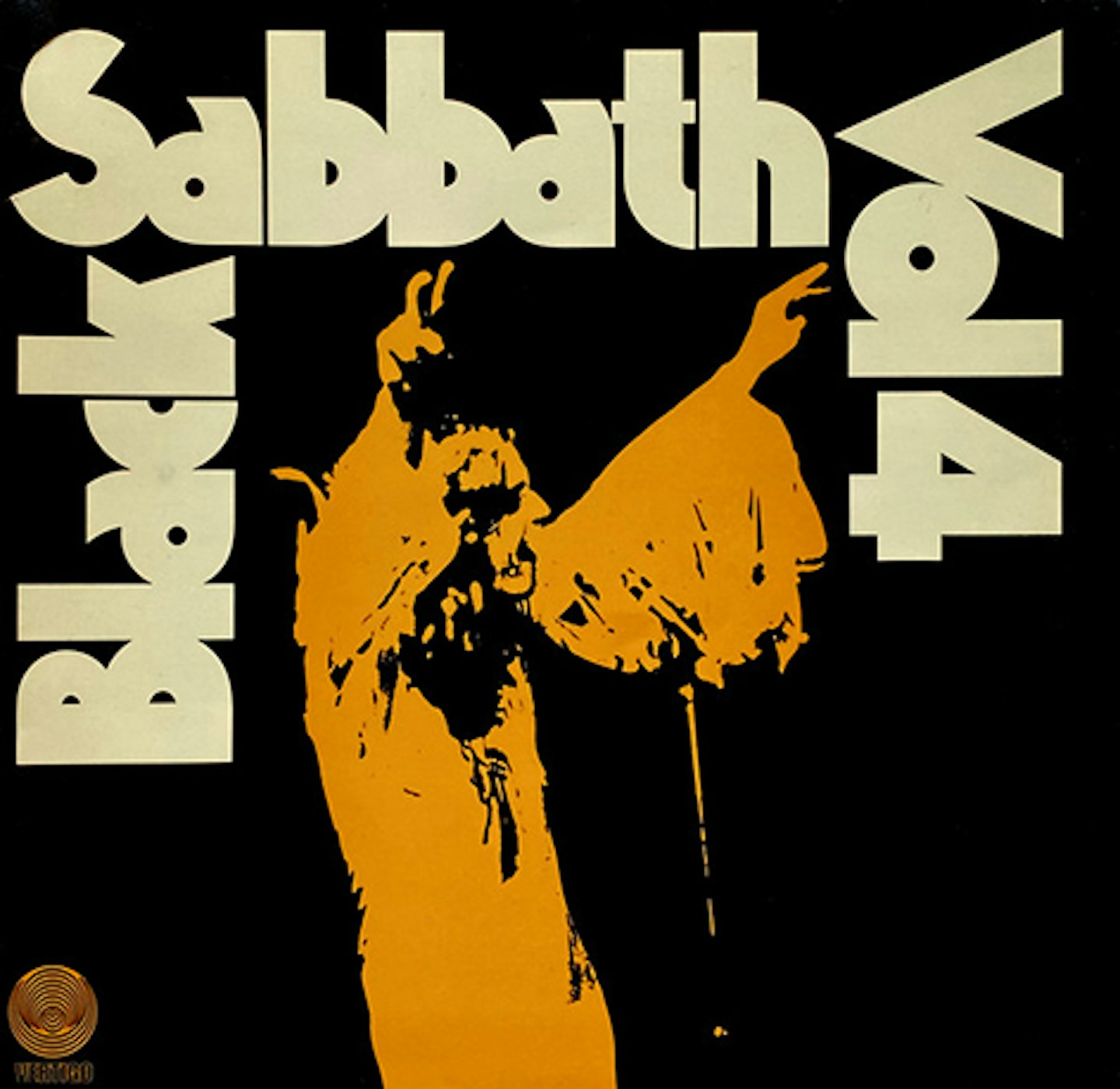
After 18 months of touring, Sabbath recorded their fourth LP at LA's record plant in summer '72. Renting a mansion in Bel Air, and with no label interference, the four-piece gave free rein to increasingly wanton appetites. "The album cost $65,000 to make and we spent $75,000 on coke," admits Geezer Butler. Olympian excess aside, Vol. 4 is Sabbath's most satisfying set. An opening brace of Wheels Of Confusion/The Straightener evoke their frenetic state of mind; Snowblind is an ode to their drug of choice; the ballad Changes is a paean to innocence lost; but walloping Supernaut is the album highlight. Vol. 4 became Sabbath's fourth US million-seller in a row.
Photo: Dom Slike/Alamy
